
Getting stuck in the left-side of the brain is no fun. We all need to allow our right brains to express themselves.
Turn off your calculator, stop looking at those pie charts, and allow your logical, analytical brain to get some rest. It’s time to draw, write, play an instrument, and create something new.
 You don’t have to be Picasso or Mozart, you simply have to create for the sake of creating. To quote Frederic Terral, “for all you frustrated right-brainers trapped in the frigid planes of your left-brain there is hope.” Below you’ll fund 20 creative project ideas–some free and some not–to reawaken your right brain:
You don’t have to be Picasso or Mozart, you simply have to create for the sake of creating. To quote Frederic Terral, “for all you frustrated right-brainers trapped in the frigid planes of your left-brain there is hope.” Below you’ll fund 20 creative project ideas–some free and some not–to reawaken your right brain:
1. Write 400 Words. Sometimes even writing 1,000 words is overly ambitious. Why not start with 400 words? Here are some ideas:
- Write about things you love in 400 words.
- Tell the story of your working life in 400 words or less (inspired by the magazine “400 Words” which collected super-short autobiographies).
- Join blogger Matt Gerrard’s challenge and write 400 words a day from now until infinity.
2. Create a Collage of Your Bucket List. Start off by creating your bucket list — a list of all the things you want to see, do, and experience during your lifetime. Then, do the following:
- Grab a stack of magazines and cut out any images that represent the items on your bucket list. You can also look for images online and print them out.
- Glue your images on a piece of paper.
- Decide if you want to draw on top, add little pieces of fabric, glue on some letters to spell out messages, and so on.
3. Create a Poster. Fuel your creativity by creating a poster. You can get a poster board and fill it with your favorite quotes, draw an image on it, or fill it with inspirational sayings of your own. Instead of making it by hand, you can also use Power Point, PhotoShop, or use an online poster maker.
As an example, here’s a happiness poster that I created (you can get it on Zazzle):
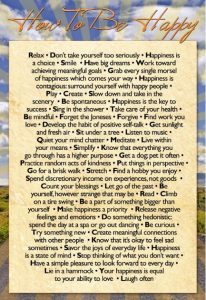
4. Write Flash Fiction. Flash fiction is a complete story which contains 1000 words or less. It contains the classic story elements: a protagonist meeting an obstacle, conflict (or complication), and a resolution. Here’s a great article on how to write flash fiction: Managing Story Length.
5. Write a Manifesto. A manifesto is a declaration of principles and intentions, or the views of the writer. It can be a true manifesto, such as my “Freedom Manifesto”, or it can be tongue-in-cheek (for example, “The Procrastinator’s Manifesto” or “The Lazy Person’s Manifesto”). Here are some great manifestos to inspire you:
6. Write a Poem – Silverstein Style. Shel Silverstein was an American poet, cartoonist, and author of children’s books. His most famous work is a set of children’s poems collected in a book titled, Where the Sidewalk Ends. His poems are funny and silly, and each one is accompanied by a fabulous pen-and-ink drawing that further illustrates the poem’s meaning.
Read some of Shel Silverstein’s poems—lots of them are online–and then write your own poem in a similar style. Here’s one of Silverstein’s poems:
Early Bird (from the book, “Where the Sidewalk Ends”)
“Oh, if you’re a bird, be an early bird
And catch the worm for your breakfast plate.
If you’re a bird, be an early bird—
But if you’re a worm, sleep late.”
Crowded Tub (from the book, “A Light in the Attic”)
“There are too many kids in this tub
There are too many elbows to scrub
I just washed a behind that I’m sure wasn’t mine
There are too many kids in this tub.”
7. Become An Idea Machine. In his post titled “The Ultimate Guide For Becoming An Idea Machine“, James Altucher argues that ideas are the currency of life. James recommends that you get yourself a waiter’s pad, and that you take some time to sit down every day and come up with ten ideas. These ideas can be about anything. Here are some examples:
- Come Up With 10 Money Making Ideas
- Come Up With Ideas For 10 Web Sites You Could Build
- Come Up With 10 Different Ways to Solve a Problem You’re Currently Having
- Come Up With 10 Different Ideas for Books You Could Write
By exercising your idea muscle you’ll soon be able to come up with ideas to solve any situation you may find yourself in, at the snap of your fingers.
8. Draw Zentangles. You draw Zentangles by making patterns. These patterns can be simple or complex, and they’re lots of fun and very relaxing to make. Some refer to Zentangles as artistic meditation. Here’s an example:

9. Creative Writing Prompts. Creative writing prompts are a great way to get over writer’s block and generate new material. There are lots of great creative writing prompts online, as well as many books on the subject. Here are three to get you started:
- You’re at a Chinese restaurant; when you open your fortune cookie the message inside says: “You’re in danger”.
- Your protagonist suffers from amnesia.
- A group of friends sign up for a one-week wilderness survival course in a remote setting.
10. Steal Like An Artist. Creativity is about combining existing elements, building on what others have done, and applying concepts from seemingly unrelated fields to your problem in order to come up with a solution. In other words, to use a term coined by Austin Kleon, you have to “steal like an artist”.
One example of stealing like an artist is what Natasha Wing did. She took the popular poem “The Night Before Christmas” by Clement Clarke Moore and adapted it to fit other holidays and important events in kids’ lives. I wrote about this here: “The Night Before Christmas and Stealing Like An Artist“.
You, too, can steal like an artist. Who are you going to steal from? 🙂
11. Get Out Your Coloring Book. Coloring isn’t just for kids. The simple act of taking out a box of crayons or colored pencils and coloring in beautiful shapes nudges the right brain awake and allows creativity to flow. There’s a huge collection of coloring books for adults, including the following:
- Pinwheel Designs
- Deco Tech Geometric Coloring Book
- Arabic Floral Patterns Coloring Book
- Mystical Mandala Coloring Book
12. Plan a Harmless Prank. There’s just a little over 30 days left before April Fools Day. Start planning your prank, now. The hallmarks of a good prank are: it’s simple; it’s harmless; and it’s effective. You can use other people’s ideas, such as dipping cotton balls in chocolate, arranging them on a platter, and leaving them in a central location with a note that says, “Take One”.
However, it’s better to get your creative juices flowing and come up with your own. Remember, if the other person doesn’t laugh, it wasn’t a good prank.
13. Fill Out a Paint-By-Numbers Kit. With a paint-by-numbers kit you can feel the thrill of creating an Impressionist masterpiece, framing it, and displaying it on your wall for the world to see. You get to feel like an artist even if you’ve never taken an art class.
Like coloring books, there are paint-by-numbers kits for adults. Here are three good ones:
14. Draw a Superhero. As I wrote in my blog post, How to Become a Superhero, there are forty superhero flicks due to be released before 2020. Hop on the superhero bandwagon by learning to draw superheroes. There are lots of great tutorials on YouTube. Here’s one I like:
15. Write Your Own Version of “Keep Calm . . .” The “Keep Calm” posters were originally produced by the British government during War World II. They were intended to raise the morale of the British public. Here’s the original poster:
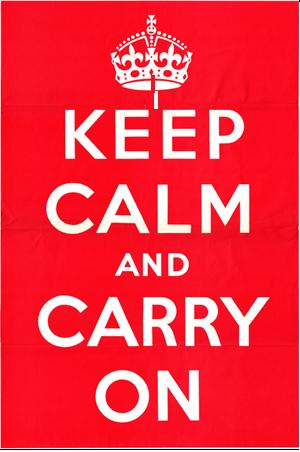 Today, these posters are a meme.
Today, these posters are a meme.
- Here’s one by a company that teaches meditation: “Keep Calm and Close Your Eyes”.
- Here’s one for blogger’s: “Keep Calm and Blog On”.
- Here’s one for productivity enthusiasts: “Keep Calm and Focus”.
- Here’s one for Christmas: “Keep Calm and Trim the Tree”.
- Here’s one for book lovers: “Keep Calm and Read On”.
- Here’s mine: “Keep Calm and Live Life to the Fullest”.
You can create your own “Keep Calm” poster here.
16. Create a Newspaper Blackout Poem. Austin Kleon writes poetry by redacting newspaper articles with a permanent marker. All you need to do to copy his style is the following:
- Grab a newspaper and a permanent marker.
- Choose an article.
- Take the marker and eliminate any words that you don’t need.
- Whatever words are left after you’re done redacting make up your poem.
Go here for lots of examples.
17. Create an Altered Book. Altered books are unloved, discarded books that are turned into works of art. Take an old book you no longer want and do any of the following: fold the pages; cut the pages; color the pages; glue images on the pages; cover the pages in fabric; make pockets; and so on. Just allow your creativity to go free.
18. Make 1000 Paper Cranes. Origami is a Japanese art form which involves folding paper to create animals, birds, fish, geometric shapes, and so on. A classic origami design is the crane. Cranes are considered to be mythical creatures in Japan, and they are said to live for 1,000 years.
An ancient Japanese legend states that anyone who folds a thousand origami cranes will be granted a wish by a crane. Although there’s special origami paper, you can use any kind of paper that you have lying around to make your cranes. Even newspaper will do.
Of course, you don’t have to make 1000 cranes. You can make just one, or as many as you wish. Here’s how: How to Make a Paper Crane. In addition, you can get yourself an Origami Thousand Cranes Set
19. Create a Children’s Picture Book. Children’s picture books have all of the following characteristics: lovable characters; a great story; an important life lesson for kids; beautiful language; and fantastic drawings. Creating a picture book will put your creativity on steroids.
How do you create a children’s book? Go here and find out.
20. Draw a Dragon. I don’t know about you, but I’ve always been fascinated by dragons (and gargoyles). I think they’re fun to look at. One way to get creative is by drawing dragons. Here’s a great tutorial:
Conclusion
If your right brain has laid dormant for far too long, it’s time to give it a wake-up call. Use the 20 creative project ideas above to create something that inspires you. Then, keep creating.
Live your best life by giving your right brain the opportunity to express itself.


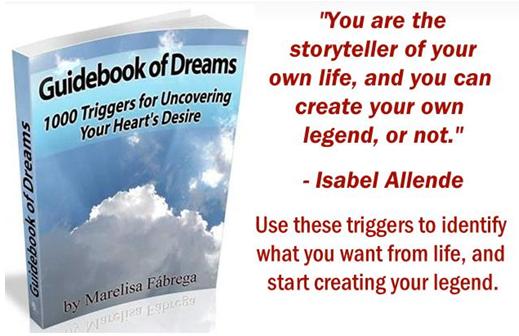
Related Posts:


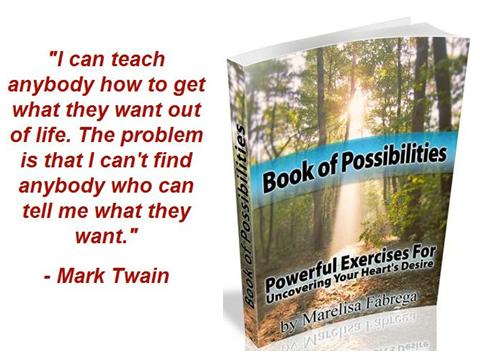

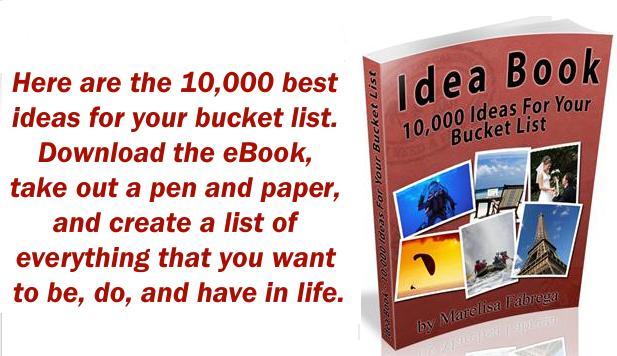
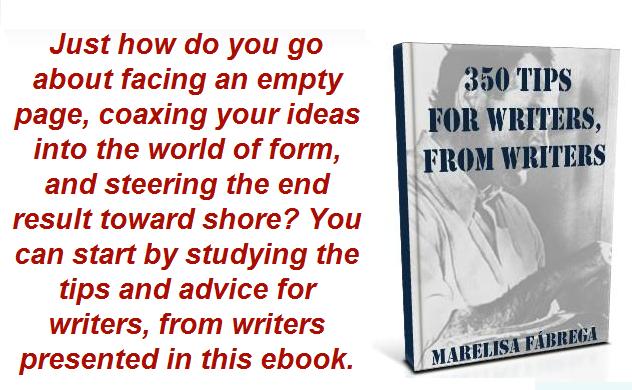
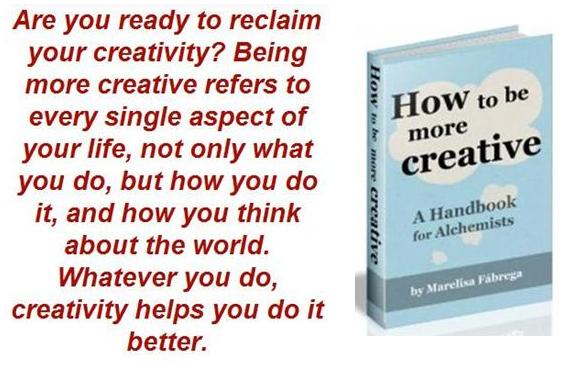
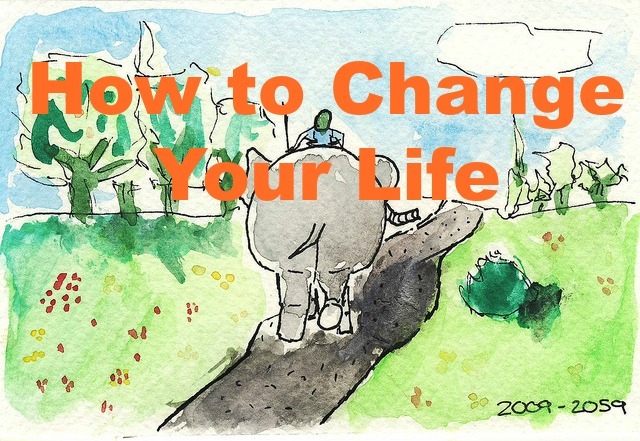
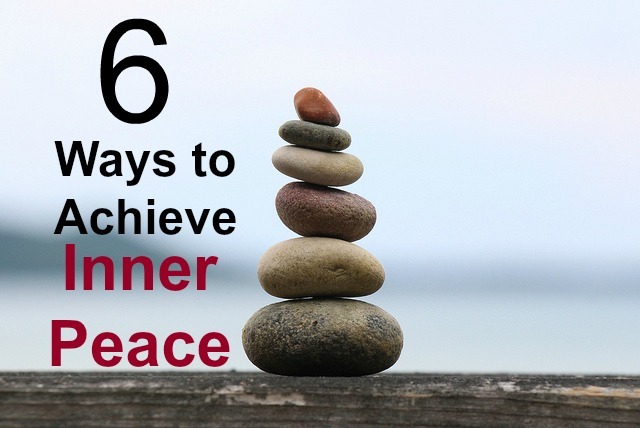
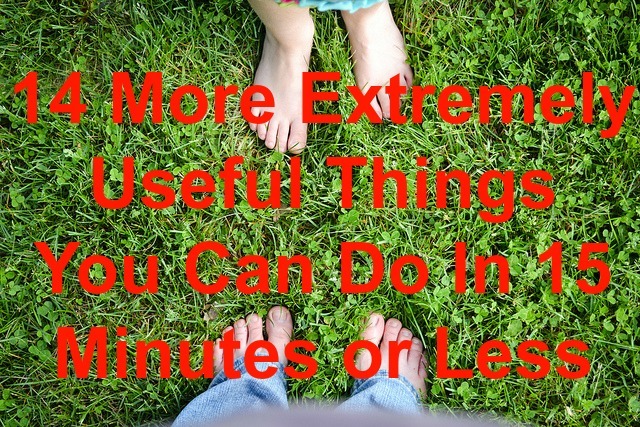
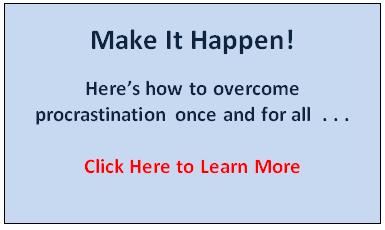
















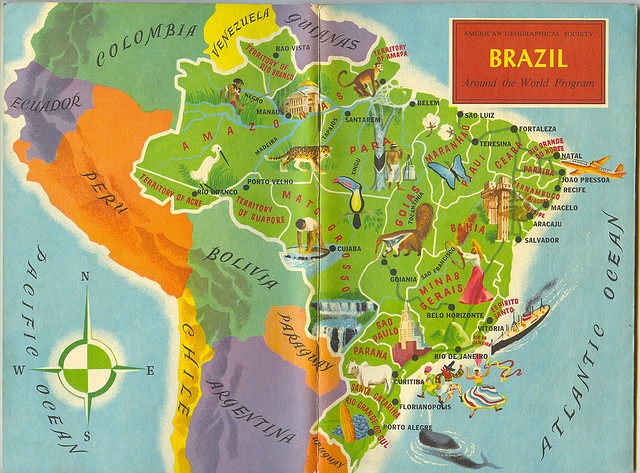







 Marelisa Fabrega is a lawyer and entrepreneur. She holds a Bachelor of Science in Business Administration from Georgetown University in Washington, D.C., as well as a Juris Doctor from the Georgetown University Law Center. You can learn more about her
Marelisa Fabrega is a lawyer and entrepreneur. She holds a Bachelor of Science in Business Administration from Georgetown University in Washington, D.C., as well as a Juris Doctor from the Georgetown University Law Center. You can learn more about her 





